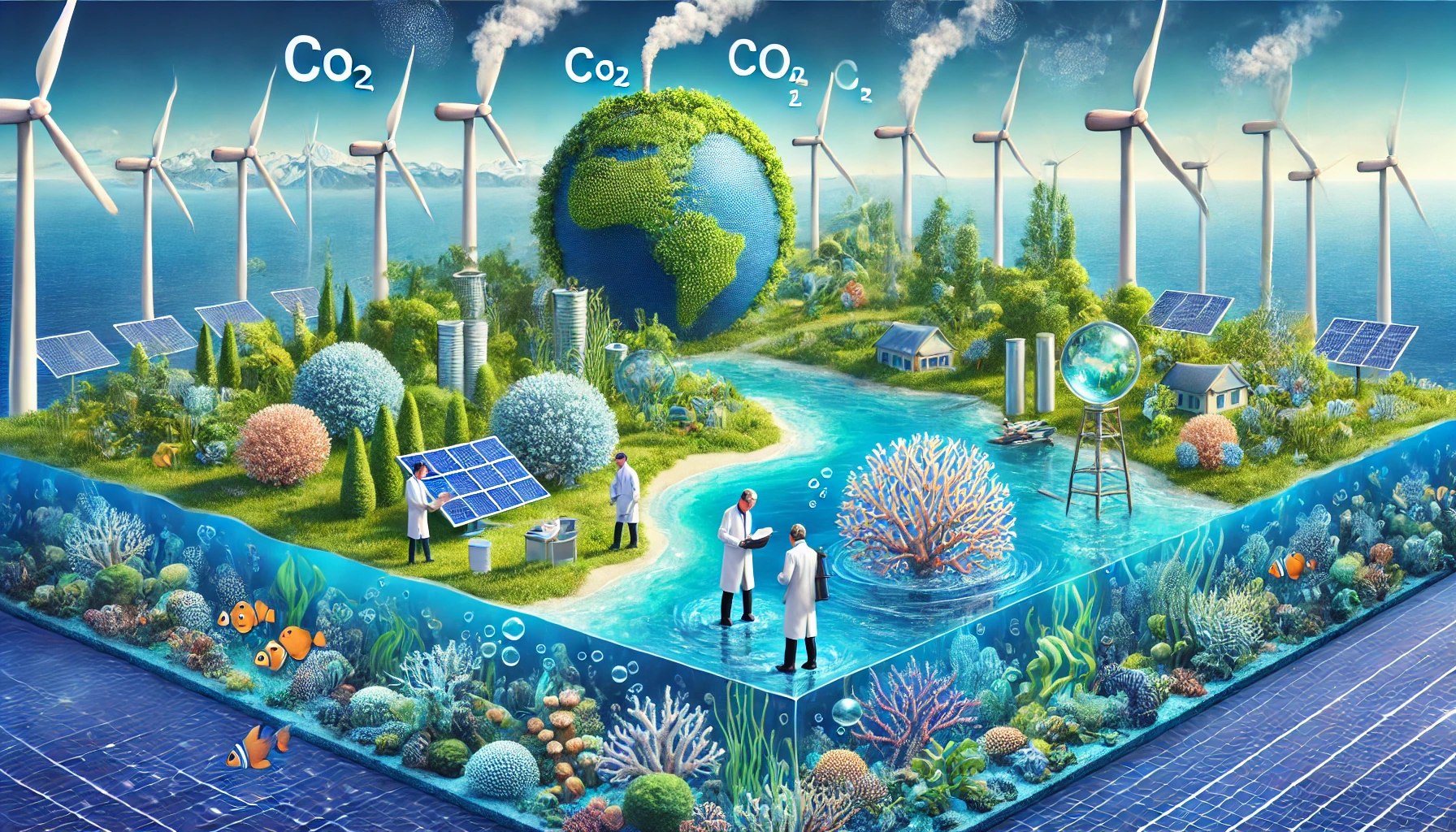What is the solution to acidification?
Article Source: ScienceDirect - Solutions to Acidification

Why you should care
Acidification, especially in oceans and soils, is a growing environmental crisis caused by excess CO₂ emissions and pollution. It disrupts marine ecosystems, affects agriculture, and threatens biodiversity. Without action, the ripple effects could harm global food security and climate stability. Tackling acidification isn’t just about saving nature; it’s about preserving life on Earth.
Answering the question… What is the solution to acidification?
Solutions to acidification focus on reducing CO₂ emissions, promoting renewable energy sources, and restoring affected ecosystems. Techniques like carbon capture and storage (CCS) and planting vegetation that absorbs CO₂ are effective. In oceans, adding alkaline substances like crushed limestone can neutralize acidity. Localized efforts like reducing agricultural runoff and pollution further mitigate acidification impacts.
How was the study done?
Researchers analyzed acidification patterns using satellite data and field studies. They tested solutions like alkalinization and CO₂ reduction methods in controlled environments and real-world scenarios. The effectiveness of different interventions was measured by changes in pH levels and ecosystem recovery rates over time.
What was discovered?
- Ocean acidification has increased by 30% since the Industrial Revolution due to CO₂ absorption.
- Reducing global emissions by 50% could stabilize pH levels by 2100, mitigating damage to marine ecosystems.
- Seagrass and mangroves can absorb up to 10 times more CO₂ than terrestrial plants per acre.
- Soil acidification from fertilizers can be reduced by using lime or alternative, less acidic inputs, increasing crop yields by 15-20%.
- Enhanced carbon capture technologies could reduce atmospheric CO₂ by 10 gigatons annually.
Why does it matter?
Addressing acidification is critical for maintaining biodiversity, food security, and climate stability. These solutions not only curb acidification but also contribute to global sustainability goals. With actionable steps like CO₂ reduction and ecosystem restoration, we can protect marine life, support agriculture, and secure a healthier planet for future generations.
